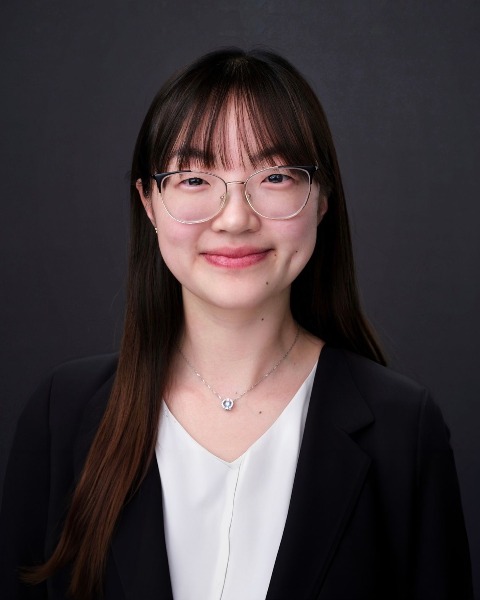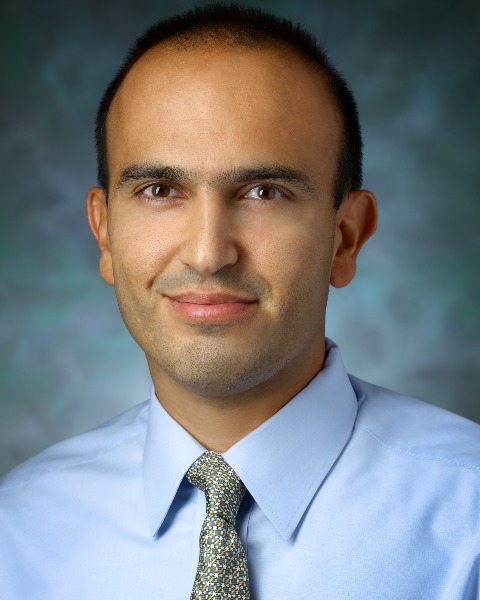Pediatric Interventions
Portal Vein Embolization for Future Liver Remnant Enhancement in Initially Unresectable Pediatric Hepatoblastoma

Anna Hu (she/her/hers)
Medical Student
George Washington University School of Medicine and Health SciencesDisclosure(s): No financial relationships to disclose

Emil I. Cohen, MD, FSIR
Associate Professor
Medstar Georgetown University Hospital- TF
Thomas Fishbein, MD
Chief of Liver Transplantation, Chief of Hepatobiliary Surgery
Medstar Georgetown University Hospital - KS
Karun V. Sharma, MD, PhD
Director of Interventional Radiology/Professor of Radiology
Children's National Hospital/George Washington University Hospital
Presenting Author(s)
Author/Co-author(s)
Neo-adjuvant chemotherapy and partial resection are preferred therapies for pediatric patients with hepatoblastoma (HB). Patients with inadequate future liver remnant (FLR) volume, however, may require a liver transplant due to the risk of postoperative morbidity following resection. This case series aims to characterize and evaluate the long-term outcomes of pediatric patients with large HB undergoing portal vein embolization (PVE) for FLR enhancement prior to resection.
Materials and Methods:
A retrospective review of pediatric patients with HB who underwent PVE for FLR enhancement between 2017 and 2022 in our integrated pediatric liver tumor program was performed. Three patients were identified (2 female, 1 male). Medical records were reviewed for patient demographics, clinical details, procedure details, complications, and outcomes. FLR was calculated as the sum of measured Segment II and III volumes on MR scans.
Results:
All patients were under 1 year of age at diagnosis. One patient had PRE-Treatment EXTent tumor staging (PRETEXT) II and 2 patients had tumor staging of PRETEXT III large HB. Prior to PVE, neoadjuvant chemotherapy was initiated. Two patients completed 4 rounds and 1 patient completed 3 rounds. The mean age at PVE procedure was 10 months old (range: 8 months to 13 months). Following PVE, an average FLR increase of 15% (range: 11-18%) was observed. The mean time to resection was 31 days (range: 19-46 days), during which time no complications or abnormal laboratory values were noted. Overall, the average total length of treatment, defined as the day of diagnosis to the final day of chemotherapy, was 152 days (range: 122-194 days). Follow-up was available for up to 14 months post therapy. If available, clinic appointments were completed every 3 months post-therapy. One patient developed sensineural hearing loss at 2 months post-therapy. Follow-up MRI demonstrated no recurrence of metastatic disease in 2 patients, however, pulmonary nodules suspicious for metastatic disease were discovered in 1 patient. In all patients, AFP levels returned to normal range after therapy.
Conclusion:
While published data on PVE in children is currently very limited, our results suggest that PVE and neo-adjuvant chemotherapy are a safe and feasible treatment for pediatric patients with large HB. Furthermore, PVE allowed for adequate FLR enhancement and for initially unresectable patients to become candidates for resection.

.png)
.png)
.png)
.jpg)
.jpg)
.png)
.png)
.png)
.jpg)